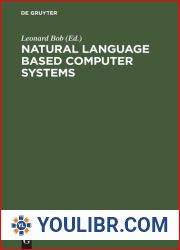
BOOKS - A Natural History of Revolution


US $6.71

22643

22643
A Natural History of Revolution
Author: Mary Ashburn Miller
Year: 2011
Format: PDF
File size: PDF 6.8 MB
Language: English
Year: 2011
Format: PDF
File size: PDF 6.8 MB
Language: English
How did the French Revolutionaries explain justify and understand the extraordinary violence of their revolution In debating this question historians have looked to a variety of eighteenth century sources from Rousseau s writings to Old Regime protest tactics A Natural History of Revolution suggests that it is perhaps on a different shelf of the Enlightenment library that we might find the best clues for understanding the French Revolution namely in studies of the natural world In their attempts to portray and explain the events of the Revolution political figures playwrights and journalists often turned to the book of nature phenomena such as hailstorms and thunderbolts found their way into festivals plays and political speeches as descriptors of revolutionary activity The particular way that revolutionaries deployed these metaphors drew on notions derived from the natural science of the day about regeneration purgation and balance In examining a series of tropes earthquakes lightning mountains swamps and volcanoes that played an important role in the public language of the Revolution A Natural History of Revolution reveals that understanding the use of this natural imagery is fundamental to our understanding of the Terror Eighteenth century natural histories had demonstrated that in the natural world apparent disorder could lead to a restored equilibrium or even regeneration This logic drawn from the natural world offered the revolutionaries a crucial means of explaining and justifying revolutionary transformation If thunder could restore balance in the atmosphere and if volcanic eruptions could create more fertile soil then so too could episodes of violence and disruption in the political realm be portrayed as necessary for forging a new order in revolutionary France














































